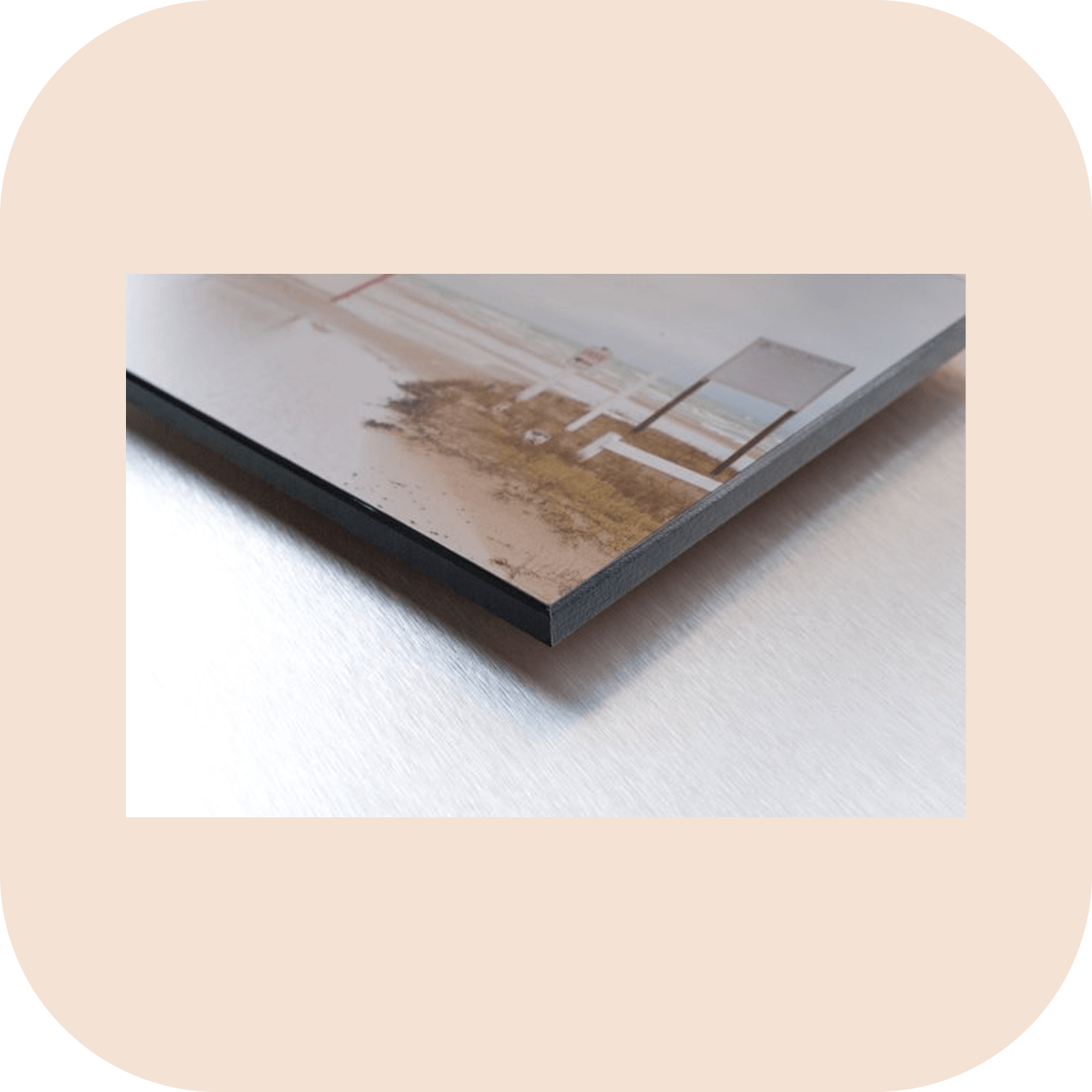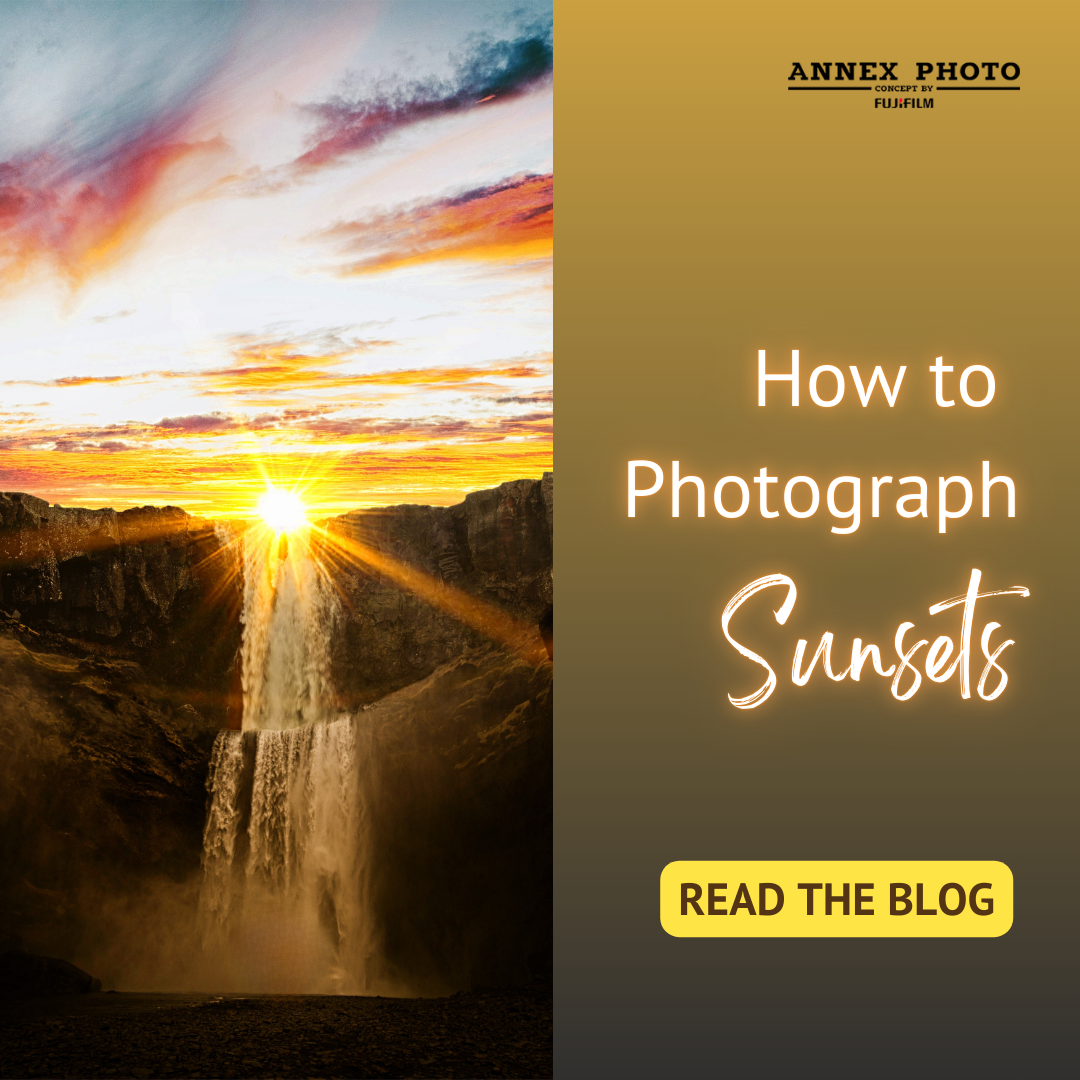All Blog Tags
Techniques (and Rule Breaking) of Perfect Portrait Photography
Have you ever looked at a photo of yourself taken by someone else and thought to yourself, “wow, that’s really me”. If you have, chances are that photo was a portrait.
Though sometimes the perfect photo of someone can happen by luck, there are several methods that can be employed as a photographer to help you achieve this result consistently.
Portrait photography is first and foremost about capturing the essence of the individual you are photographing and combining that with creative and effective camera techniques. While a formulaic approach to portraiture can be effective, it is also just as important to break the rules in intentional ways to create more striking images that go beyond simply clicking the shutter button.
In this blog we will discuss a few of the most important things to keep in mind when taking portrait photos and how these techniques can completely change your portrait photography.
1. Perfect Portrait Photography: Subject
Though this may seem obvious, your subject is the most important part of any portrait photography shoot. If the individual you are photographing is feeling uncomfortable, then chances are the photos you produce will communicate that awkwardness to the viewer.
Make sure to visit and talk with your subject for an extended period before you pull the camera out to allow them to become familiar with you and help you understand how you can work with them to create the perfect portrait. It is also incredibly important to create a safe space for your subject especially if you are shooting in a studio setting. If this is the case, make sure there are others present and basic amenities like bathrooms and water are available, this will lead to a smoother portrait photography session and make the subject far less tense.
Finally, ask your subject for their input. Oftentimes a subject will have an idea of how they’d like to be photographed, taking these ideas into account will lead to a more successful portrait photography shoot overall.
2. Perfect Portrait Photography: Setting
The second most important visual aspect of taking the perfect portrait is the setting in which the subject is placed. This can vary from more clean-cut and customizable environments like a studio to more organic locations out in the field. Though the possible shoot locations are seemingly endless, the setting is an integral piece in establishing the portrait’s tone and a lot of thought should be put into this decision.
In making this choice, it’s important to consider what kind of lighting you would like. Natural light provides a wide range of shooting conditions depending on what time of day and year you choose; however, it requires much more planning and relies upon your ideal weather conditions happening at the exact time you need them.
A studio setting is a far more controlled environment and allows you to have full command over your lighting though these settings can sometimes lack the character that outdoor locations have. Your setting choice will entirely depend on the intended look and feel of your portrait, which should always be seriously contemplated beforehand.
3. Perfect Portrait Photography: Posing/Expressions
One of the most challenging aspects of portraiture is positioning the subject in accordance with the lighting, setting, and camera angle. While there are basic modeling poses that are proven to be effective, so much of posing your subject relies upon the specific conditions of your portrait shoot and is best achieved by communication with the subject and a good deal of trial and error.
Often the best poses in portrait shoots are candid as some people aren’t naturally comfortable in front of the camera. In order to achieve strong candid photos, a comfortable, supportive rapport with the subject is necessary. Talk to your subject or put on some music while you’re shooting to encourage them to change their facial expressions and try to capture them at unexpected moments. Be clear about what you’re trying to achieve with the individual you are photographing and be patient. Sometimes it takes a while for either you or the subject to get “in the zone” but as long as you stay patient and maintain a comfortable and open dialogue with the subject, you’ll get your perfect shot.
4. Perfect Portrait Photography: Equipment/Camera Skills
To take a jaw dropping portrait, you need to know what camera equipment to use, at what time, and how to use this equipment to achieve your creative vision. Photography isn’t a gear-dependent practice, no matter how many people will try to lead you to believe it is. A good photographer can make whatever photography gear they have work for them. This may require you to compromise in certain areas, but as long as your subject and setting are strong, and you are knowledgeable on the gear that you have, you can make anything work. The most popular cameras for portrait photography work are DSLR cameras and Mirrorless cameras. These cameras offer a wide variety of settings that benefit portraits and also produce high quality images that are easily editable post-shoot.
An understanding of the relationship between shutter speed, ISO, and aperture is also extremely beneficial when shooting portraits. Higher shutter speeds will freeze motion in the frame, but also require more light to be let in through the lens. This is controlled by the aperture, which adjusts the amount of light that reaches the camera's sensor through the lens. The lower the aperture number, the more light is let in and vice versa. Wide apertures also decrease the depth-of-field in your image, and direct focus towards your subject and create bokeh in the background. Using lower apertures is a staple technique for portrait photographers and can be even more favourable when paired with the correct lens. In general, longer lenses, meaning lenses that have longer focal lengths, are better for portraits because they allow the photographer to remove unnecessary background context and make it easier to establish the individual as the focal point of the image. Lenses with focal lengths of 50mm, 85mm, and even 105mm are commonly used for portrait photography.
5. Perfect Portrait Photography: Editing/Post-Processing
While shooting the photo is most of the challenge when it comes to taking portraits, a lot of the allure in a “professionally” done photograph is achieved in the editing process utilizing the “digital darkroom”. Photo editing software such as Adobe Lightroom and Adobe Photoshop offer a plethora of photo editing tools to help you create your best portrait. Adjusting settings like exposure, contrast, highlights, and shadows can completely transform the tone of your image and get you closer to what you visualized in your mind. Cropping your image can help you form a stronger composition and remove unwanted distractions from the frame. Spot removal tools can also remove imperfections caused by your camera or dust and help to mask undesirable areas on the subject such as pimples.
It is important to keep in mind that over-editing can often ruin an otherwise strong shot, especially in portraiture. So, only make changes that are completely necessary and try your best to do the majority of the work in-camera while shooting.
Implement these Tips to Capture Striking Portraits
There is no “right” way to take the perfect portrait. Portraiture, like anything in photography, requires practice, patience, and occasional failure to get your desired results. By communicating effectively with your subject, selecting the setting which best suits your creative vision, and utilizing the tools available in the digital darkroom you can take your portrait photography to the next level!
So Many Options to Display Your Perfect Portraits! Shop Now!
If you want more expert advice about taking better photos, contact the photography enthusiasts at Annex Photo.
Share
Most Recent Posts
















